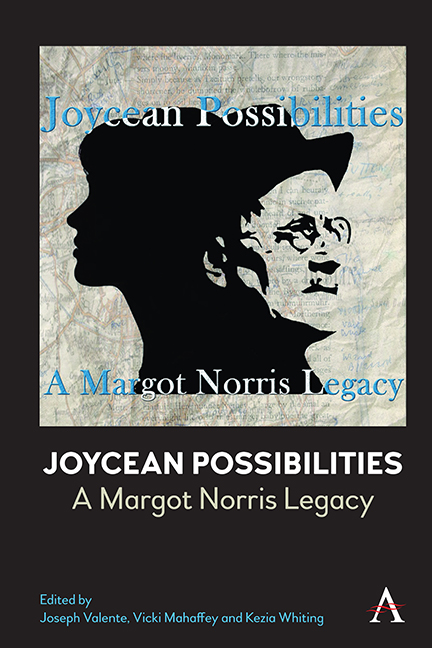3 - Wondering Where on Earth All the Children Came From?
Published online by Cambridge University Press: 20 April 2024
Summary
In 2003, Eve Sedgwick published an influential critique of the hermeneutics of suspicion, which in her view had grown all but synonymous with academic literary analysis itself, to its great detriment. The key to her argument, and its fatal flaw, is a conflation of the various types of skeptical interpretive attitudes and approaches—suspicion, demystification, anagnorisis, unveiling, questioning generally—with a paranoid mode of reading, clinically understood: hence the title “You’re so Paranoid, You Probably Think this Essay Is about You.” For Sedgwick, the “strong” theories underwriting the dominant methods of contemporary literary scholarship and interrogation—Marxist, feminist, psychoanalytic, deconstructive and queer—cherish and militate for a rigorous idêe fixe, which blinds their practitioners to the manifold semiotic and affective contingencies at play in their object texts. Averse to surprise, obsessed with “exposure,” devoted to forestalling “negative affect,” the hermeneutics of suspicion rewrites the documents studied in terms of its own defensive master code instead of taking them on their own terms. To this paranoiac end, it treats any given text as symptomatic of whatever motives or pathologies its own grounding theory is primed to diagnose. In this searching for the hidden, yet presupposed cause of which the text is but a mediated reflex, the hermeneutics of suspicion, on Sedgwick's quite suspicious appraisal, is itself symptomatic of a reductively tendentious disposition.
To the often “ugly prescriptions” of the dominant paranoid approach, Sedgwick counterposes what she calls “reparative reading”: one that attunes oneself to the contingencies of the text in question, allows oneself to experience the “joy-inducing” surprises they might offer, and (re)assembles the text on that basis. Perhaps because Sedgwick herself has long displayed a thoroughgoing mastery of the suspicious interpretive mode that she latterly decries, her birthing of the reparative alternative remains notably underdeveloped. It did, however, prove suggestive enough to spawn an entire post-critical movement of exegesis known as “surface reading.”
As articulated by its leading proponents, Stephen Best and Sharon Marcus, this (anti-) interpretive strategy contests not just the hermeneutics of suspicion and its associated methods (historicism, deconstruction, etc.), but also the “hermeneutics of depth,” the search for any truth not “evident, perceptible, apprehensible in texts.”
- Type
- Chapter
- Information
- Joycean PossibilitiesA Margot Norris Legacy, pp. 27 - 40Publisher: Anthem PressPrint publication year: 2022

